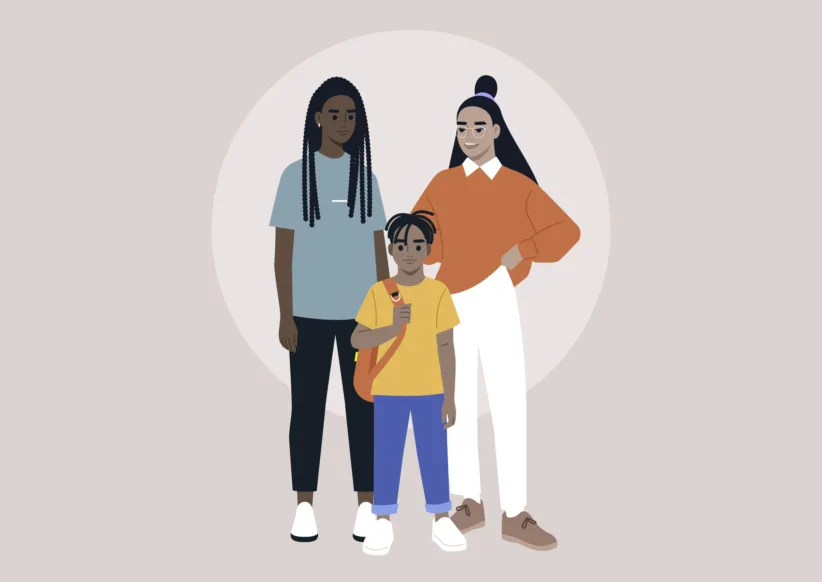Susan Cain isn’t a psychologist, but the shy, bright author’s bestselling book about human behavior has changed the way many people perceive themselves and others.
After graduating from Princeton University with an English degree in 1989, Cain went to study at Harvard Law School. While there, Cain struggled with her introversion when she was confronted with speaking in front of the large classes.
When Cain got a job working as an attorney at a corporate law firm, she noticed her employers putting herself and other introverted employees to good use on the job. After she left the law firm, she wrote a book about all of the positive contributions that introverts have made to society.
In 2012, Cain published her now famously influential book, “Quiet: The Power of Introverts in a World That Can’t Stop Talking.” Overcoming her fear of public speaking, she has given lectures on the topic that have been viewed by millions on YouTube.
After conducting numerous interviews for her book and reading countless research studies, Cain came to the realization that the American public generally praises people who are socially outgoing and comfortable in the spotlight, but don’t really admire introverted people.
Following the success of her book, Cain received feedback that a volume was also needed for young people. Consequently, in 2016, she published her second bestselling book, “Quiet Power: The Secret Strengths of Introverted Kids.”
Cain says this book is written for all of those students entering middle and high school who are seeking to form their own identities. Similar to her assertions about American adults, Cain says that the popular kids in American schools are usually the ones who are the most socially active and enjoy being the center of attention.
It’s a shame that their nature is under appreciated, because introverts aren’t a rare breed. Cain writes that one-third to one-half of the United States’ population is introverts. She lists numerous famous people who are considered introverts — civil rights leader Rosa Parks, Harry Potter author JK Rowling, artist Pablo Picasso, Microsoft co-founder Bill Gates, and American basketball legend Kareem Abdul-Jabbar.
According to Cain, the personality characteristics of introverts include enjoying solitude and working alone, avoiding conflict, not taking big risks, tending to think before speaking, preferring time spent with one or two friends instead of a group, engaging in projects for hours at a time without getting bored, and feeling emotionally exhausted after spending time with friends even after having fun.
Cain’s book gives a boost of self-confidence to all the kids labeled “shy” by others. She writes, “Studies show that shy kids tend to have loyal friendships, and to be conscientious, empathetic, and creative. Both shy and introverted people make great listeners. And it’s through listening that we tend to be good at observing, learning, and maturing.”
Cain makes the distinction that while introverts like to be alone, extroverts enjoy being in groups and thrive being around others. The other major difference between the two personality types is that introverts’ senses are more highly stimulated by their environment than extroverts.
As an illustration, she describes a research experiment in which both extroverts and introverts put on headphones and were asked to complete the same task while all listening to the same music. When the music was low, the introverts performed better at the task than the extroverts. As soon as the volume was raised, the extroverts excelled at the job over the introverts.
For her book, Cain interviewed many introverted kids and found a lot of different things that helped them succeed inside and outside of school. One of these things is what she calls “a restorative niche.” As Cain writes, “It doesn’t have to be a secret or a fort, but it should give you a feeling of safety, comfort, and of personal space.”
Because introverts can feel tired from socializing or over-stimulated by their surroundings, restorative niches usually are “calm retreats” — quiet spaces with low lighting that allow their occupants “to relax and recharge.”
Providing another important tip to her young readers, Cain emphasizes that introverts should be guided by a passion — be it a sport, a creative art, politics, or volunteering for a cause. Once they have found something in their heart they really want to pursue, introverts have the ability to concentrate on studying something for hours at a time.
When introverts hear their inner calling, they have the potential to be great leaders. Introverted leaders do not selfishly need to be the center of attention. They are more likely to listen to their employees and are more generous in delegating responsibility to other people so their workers feel a sense of purpose as well.
If an introvert is invited to a celebration and doesn’t want to attend because of the size of the party, she can always suggest another social alternative to her friend, so that the host doesn’t feel personally rejected. Cain, however, suggests that introverts should occasionally try to move out of their comfort zones and attend large parties. She suggests that introverts bring a friend to the party, so they will at least know one person there.
Cain also says introverts should attempt to participate more in class. In many classrooms, some extroverted students volunteer to speak just to be heard. If possible, the teacher should ask a question and then tell the class to wait one minute before responding. When teachers give students extra time to think, they allow the quieter students the chance to speak up and give more reflective answers.
While introverts enjoy group projects, so they can avoid being the center of attention, their ideas are often not heard in group settings. Introverts need to go out of their comfort zone to make sure their voice is heard, because if the group presentation turns into a disaster, they will regret their silence.
If introverts have to make an individual presentation, Cain advises them to conquer their fear of public speaking by mastering a knowledge of the subject as well as practicing the presentation in front of a small group of people at least four to six times.
Cain says introverts can befriend and learn from extroverts, but introverts need to let extroverts know their limits. Remarking on the collaborations between introverts and extroverts, Cain gave as an example the co-founders of Apple Computer.
Fascinated by computing, introvert Steve Wozniak spent hours alone as a teenager and adult studying technology until one day he finally created the prototype of the first Apple computer. Yet, it wasn’t until Wozniak partnered with extrovert Steve Jobs that he actually created a computer someone wanted to buy.
Jobs, “a genius as a programmer” known for his “razor-sharp business instincts,” was able to market Wozniak’s sophisticated technology by insisting on changing the computer’s interface into a more user-friendly appearance. In addition, Jobs made “charismatic presentations” that communicated their product in a relatable way to a mass market of eager consumers.
There are also some things the author says introverts should avoid. For example, she says that young people should never depend on drugs or alcohol to help them relax socially. Instead, one young introvert hosted a painting party where everyone who was invited came from her favorite art class at school.
Cain also suggests that introverts not use social media as a way to avoid meeting and socializing with people in real life. Distant online acquaintances do not replace deep, meaningful relationships that introverts thrive on in reality.
Last, Cain says introverts can only accomplish their goals by constantly forcing themselves to go beyond their comfort zones. She recounts that when Franklin Delano Roosevelt secretly served four terms as president in a wheelchair, he had his shy wife Eleanor travel throughout the United States to listen and observe the hardships of all Americans during the Depression.
Eleanor, who overcame her shyness to become an impassioned speaker for human rights, is credited with saying, “Do one thing each day that scares you.” Introverts, take note.
For more information about Cain and her role as Chief Revolutionary of the Quiet Revolution, visit her website www.quiet
Allison Plitt lives in Queens with her daughter and is a frequent contributor to this publication.






















